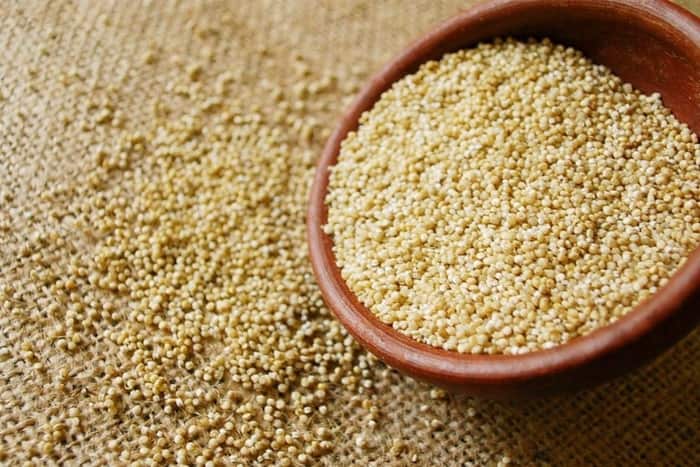Amaranth, a healthy alternative
Amaranth played as important a role in the diet as corn and beans. It was the main food of the Aztecs, Incas, Mayans, and hunter-gatherers in Mesoamerica.

Amaranth (Amaranthus spp.) is one of the oldest crops in Mesoamerica and was the staple food of the Aztecs, Incas, Mayans, and hunter-gatherers. The first data on this plant date back ten thousand years. Its role in the diet was as important as corn and beans.
In Mexico, due to nutritional changes in the population, together with a more sedentary lifestyle, the traditional diet has been abandoned and an increase in the consumption of processed products has been observed. These are foods considered "junk" because they are rich in salt, simple carbohydrates, refined sugars, saturated fats, and trans-fatty acids.
This has led to conditions of malnutrition that lead to both deficiency and excess weight, chronic diseases such as diabetes and cardiovascular disease, and problems resulting from the lack of micro and macronutrients: anemia, osteoporosis, etc.
Currently, at a global level, one of the biggest challenges is to provide consumers with healthy ready-to-eat products, as there is a growing trend to prefer more nutritious foods to sweets (high in sugars) and junk food, which has led the industry to search for new types of products.
A healthy alternative
A healthy food alternative is cereal-based energy bars; from 1999 to date they have increased in the market, as they are considered nutritious, practical, easy to prepare the product, and, depending on the ingredients used, can be sold at low cost.
These products regularly contain ingredients such as cereals, nuts, fruits, sweeteners, and chocolate, so they can be rich sources of protein and fiber. Also, based on their composition, they can be low or high in calories, or enriched with a particular nutritional element.
In Mexico, cereal bars have been part of school cafeteria feeding assistance programs, both for breakfast and snacks, to include whole grain products with the nutritional content of protein and minerals.
A millennial food
Amaranth (Amaranthus spp.) has been one of the most ancient crops in Mesoamerica and was the staple food of the Aztecs, Incas, Mayans, and hunter-gatherers. The earliest records of this plant date back ten thousand years. It played as important a role in the diet as corn and beans.
The Mexican variety has among its nutritional properties a protein content of 16 to 18% and dietary fiber of 8%, as well as minerals (in mg/100 g), such as calcium, from 130 to 285; iron, from 7.2 to 17.4; magnesium, from 230 to 336, and zinc, from 3.6 to 4.0. In addition, it has a total amount of phenols of 39.17 (mgEAG/100 g).
Products made from amaranth seed are widely accepted by the Mexican population, the most popular being the typical sweet known as "alegría". In addition, there are others such as burst cereal, flour, marzipan, and granolas.
Due to the nutritional characteristics of this seed, the Culiacán Regional Coordination of the Food and Development Research Center (CIAD) has developed an amaranth bar combined with walnuts, pumpkin seeds, and raisins.
This innovation has achieved nutritional and nutraceutical properties: 11.7% protein, 12.7% fat (of which 5.2% corresponds to omegas-6), 6.1% total dietary fiber (of which 2.5% corresponds to soluble fiber and 3.6% to insoluble fiber), and a greater amount of iron, zinc, potassium, calcium, and magnesium than similar bars. Other characteristics that make amaranth stand out from similar commercial products are its phenol content and its antioxidant capacity.




